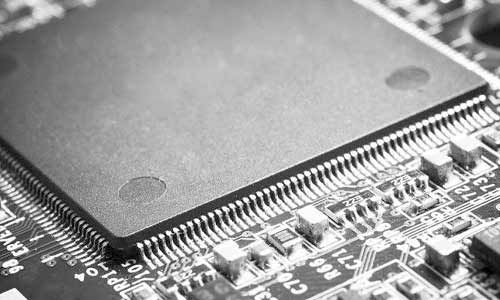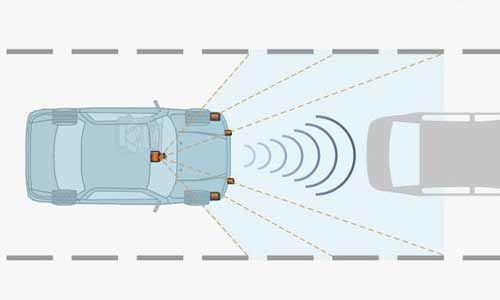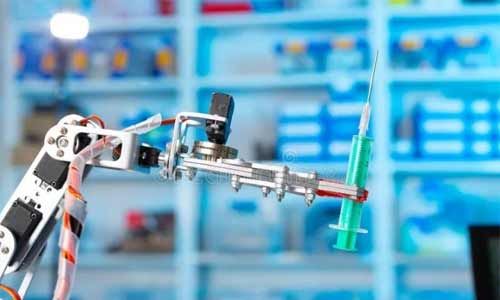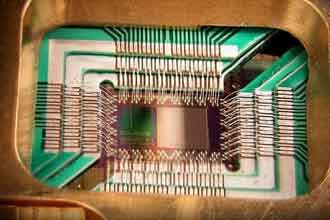The market for microcontrollers and microprocessors continues to grow rapidly as consumer demand expands and technology advances in the industrial sector.The key to its explosive growth has been its use in automobiles, telecommunications and health care, where electronic and electrical components have become more powerful and smaller.
In addition, the continued development of artificial intelligence also helps guide the continued growth of the market for microcontroller embedded systems.On the microprocessor side, the market will continue to grow as PCS, laptops, tablets, mobile phones, embedded microprocessor units and other applications evolve.
Technology on the edge
Other applications driving the microprocessor market include the growing use of the Internet of things and the commercialisation of 5G communications.There is no doubt that Intel remains the biggest supplier of microprocessors, with a third of the market, alongside qualcomm, micron, SONY, TSMC and nvidia.
5G represents the true convergence of computing and communications. 5G is the next development in wireless technology that will provide a better user experience for existing devices. 5G will bring disruptive innovation to network infrastructure and all types of smart and connected machines.Edge computing is a fundamental element of 5G networks. It provides more value opportunities and new consumer and commercial services from the network, which cannot be achieved in previous architectures.

Behind the wheel
In addition to the development of 5G communications, carmakers are extending popular electronic functions beyond luxury to mainstream models, which have triggered a surge in demand for microcontrollers and microprocessors.
Long term is used to control the electric Windows, brake system and internal display microcontrollers and microprocessors are now being added to a growing number of other driver service, include lane departure warning, parking assist, collision, side auxiliary, the standby system camera technology, greatly enhance the entertainment function, and many previously in many brands and models cannot provide advanced vehicle display and the warning notification.
What's more, autonomous driving has led to new demand for microcontrollers, and many experts predict that electric cars could replace standard internal combustion engines in just 10 years.
Future market research says that while the use of embedded microcontrollers continues to grow throughout automotive systems and production, the largest increase in market share is due to the increasing use of small to medium sized electronic and electrical components in vehicles.
The surge in sensor components and technologically advanced infotainment systems is also expected to drive a "" confidence pull" "in the market for microcontroller embedded systems.

Healthcare meets cloud computing
The increase in micro-architecture development activities in healthcare and healthcare environments continues to be driven by the Internet of things and cloud-based opportunities, making the industry one of the most impressive markets for future growth.
The device typically requires sophisticated computer control systems, USES a variety of semiconductors, microcontrollers and other components, and can process images and other diagnostic functions as well as monitor patients' vital signs.
More and more healthcare businesses are using embedded chip technology to treat patients in remote areas where medical services and doctors are not readily available.
With the Internet of things, embedded devices using high-speed processors can quickly help diagnose a patient's illness, pave the way for a reliable treatment, and store data in the cloud for further evaluation and follow-up.
Sensors monitor temperature, blood pressure, heart function, glucose and various other internal systems for remote consultation with medical professionals.
Advances in medical automation robotics promote the deployment of robots to handle time-consuming tasks, reduce labor, prevent errors, improve patient safety, and maintain business operations, and robots will increasingly be used for supply chain functions, surgery, and clinical applications.

Robotics is also playing a role in a variety of prosthetic devices, including some of the latest advances that have led to computerized bionic limbs powered by microprocessors and computer chips that help drive movement and, in the case of robot legs, use sensors and terrain that can even regulate speed.

 Inglés
Inglés  Chino
Chino  Alemán
Alemán  Coreano
Coreano  Japonés
Japonés  Farsi
Farsi  Portuguese
Portuguese  Russian
Russian  Español
Español 





